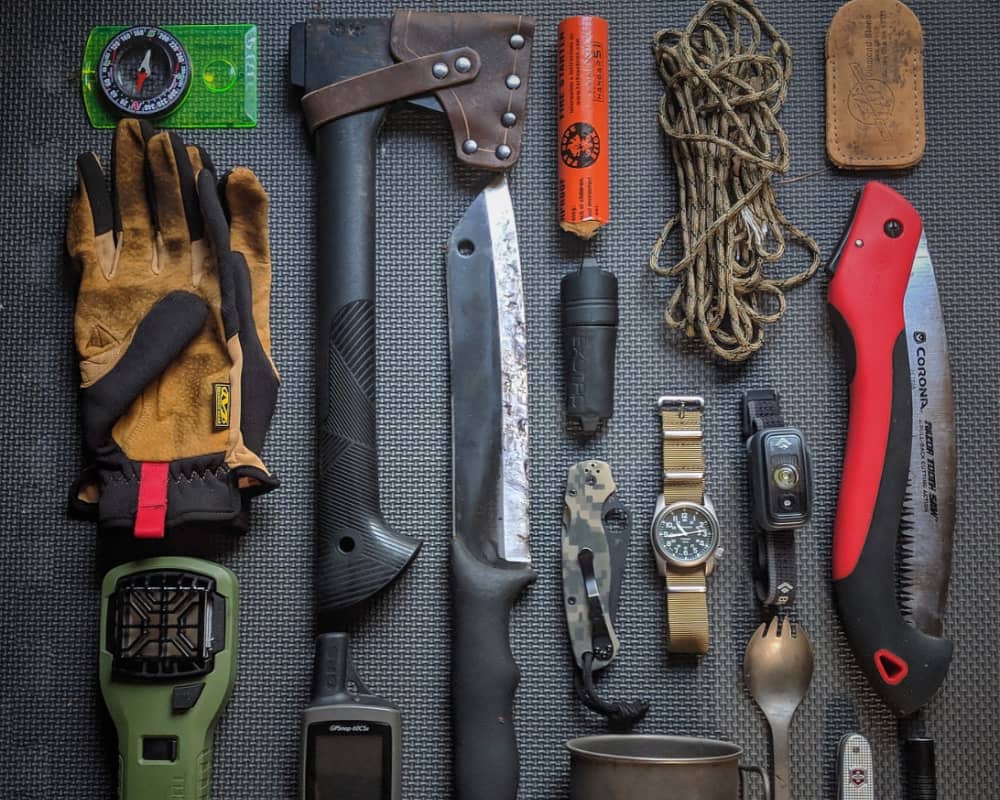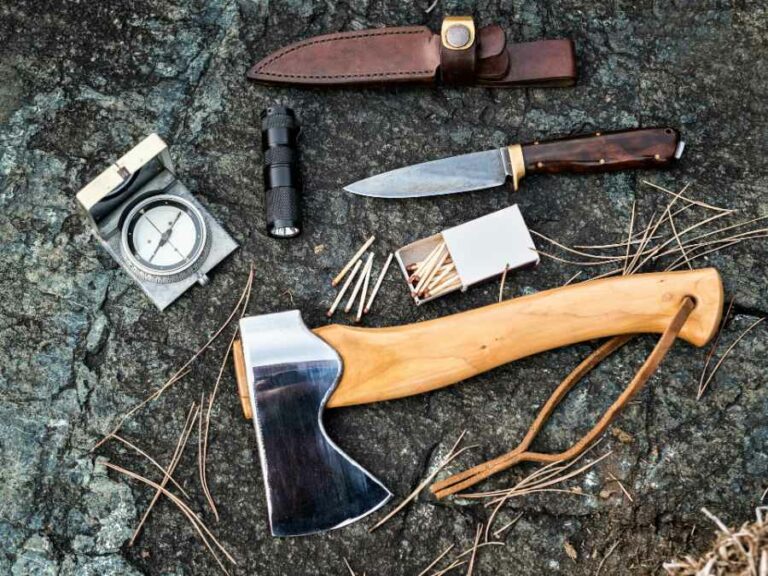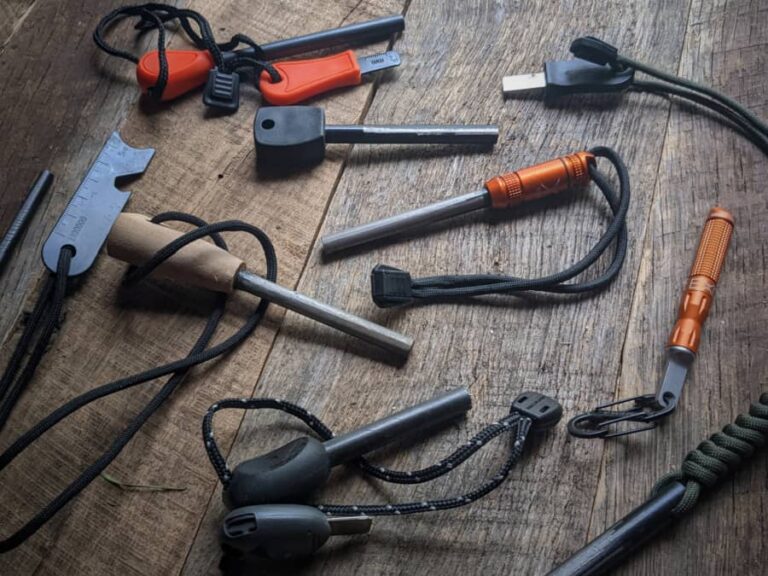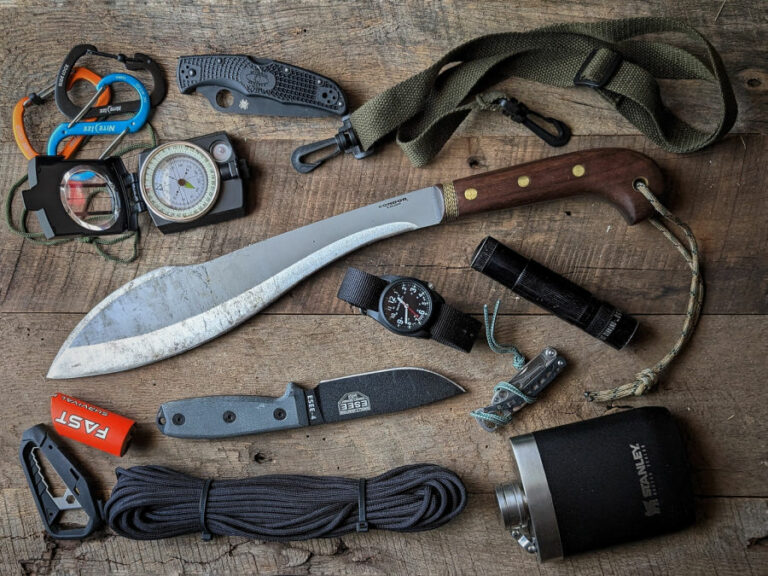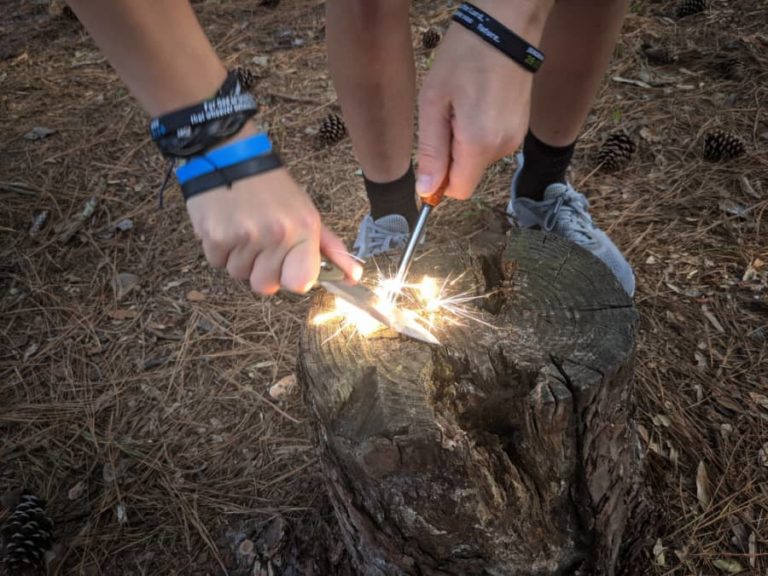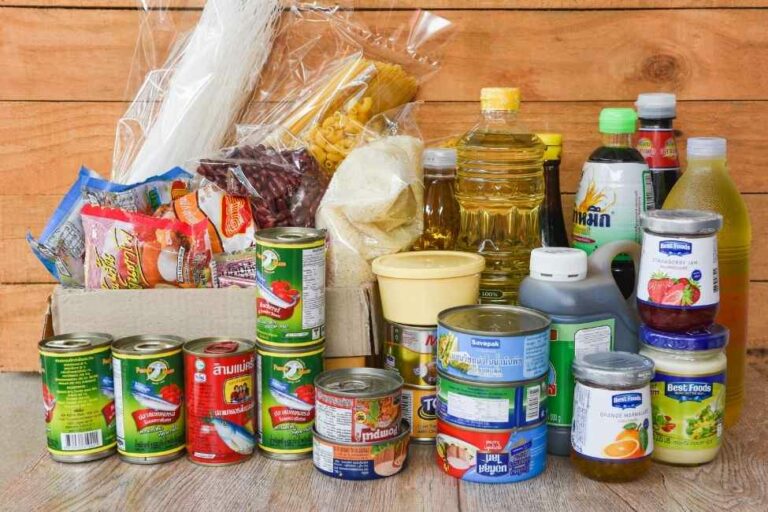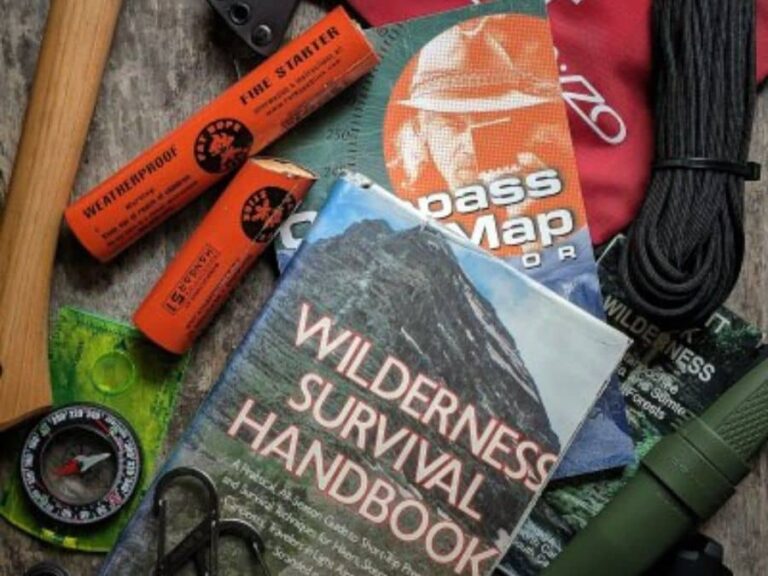Do I Need A Survival Kit?
A disaster can strike anywhere, any time, and without notice – and there are a number of events that can be considered a disaster. Yes, you need a survival kit.
Many people associate survival kits with specific disasters like hurricanes, or floods. They think that because they don’t live in an area where those weather events are prevalent they don’t need to be prepared. While hurricanes and floods are indeed disasters, so are fires, wildfires, chemical spills, terrorist attacks, tornadoes, blizzards, ice storms, or TEOTWAWKI (the end of the world as we know it).
You should have a kit in your home, at work, and in your car. You never know where an emergency will occur so you want to be prepared.
Many of these disasters can occur anywhere.
You are putting yourself and your family in jeopardy if you think it can’t happen to you. So, whether you have to shelter in place or evacuate at a moment’s notice, you need to be prepared and have your survival kit at the ready.
Here’s how to decide the type or types of kits you need and how to build them.
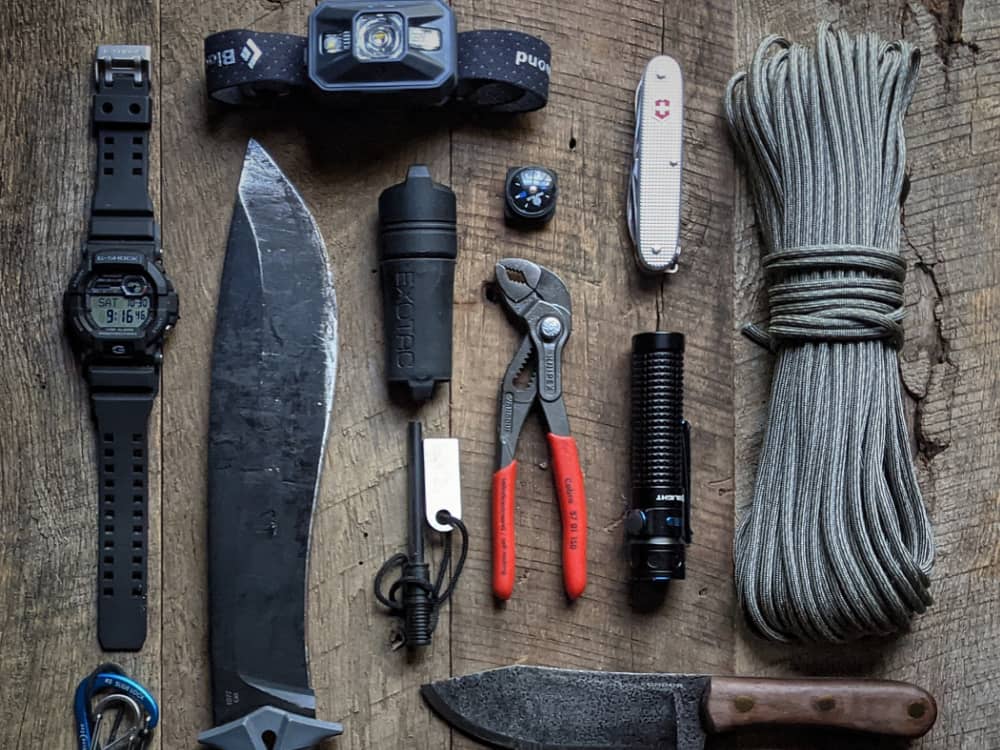
What is a Survival Kit?
A survival kit is a pack that can be easily carried or transported and contains the supplies that are essential for survival during an emergency. These packs are always ready to go, so if a person has to evacuate, they can pick up the pack and go. There should be no delay caused by packing the kit or adding things to it. Everything should be ready so the person can respond to the emergency situation without delay.
The contents of a survival kit are typically life-saving supplies when basic necessities are not readily available. These supplies are not meant to replace modern conveniences, but rather meet basic survival needs like food, shelter, and clean water.
Geographical location affects the contents of a survival kit. For instance, a person who lives in the mountains will likely have a survival kit that is a little different from a person who lives on the coast, and when building your kit you should definitely consider your location. If you have to evacuate, you will most likely remain in the general area so you want supplies that are of the most benefit for the area.
Most people pack their survival kits in duffle bags, buckets, or backpacks. This is usually dictated by the intended use of the kit. They may include tools, fishing equipment, medical supplies, non-perishable food, tarps, water, and other items. The event and the type of kit determine which supplies are needed and how much.
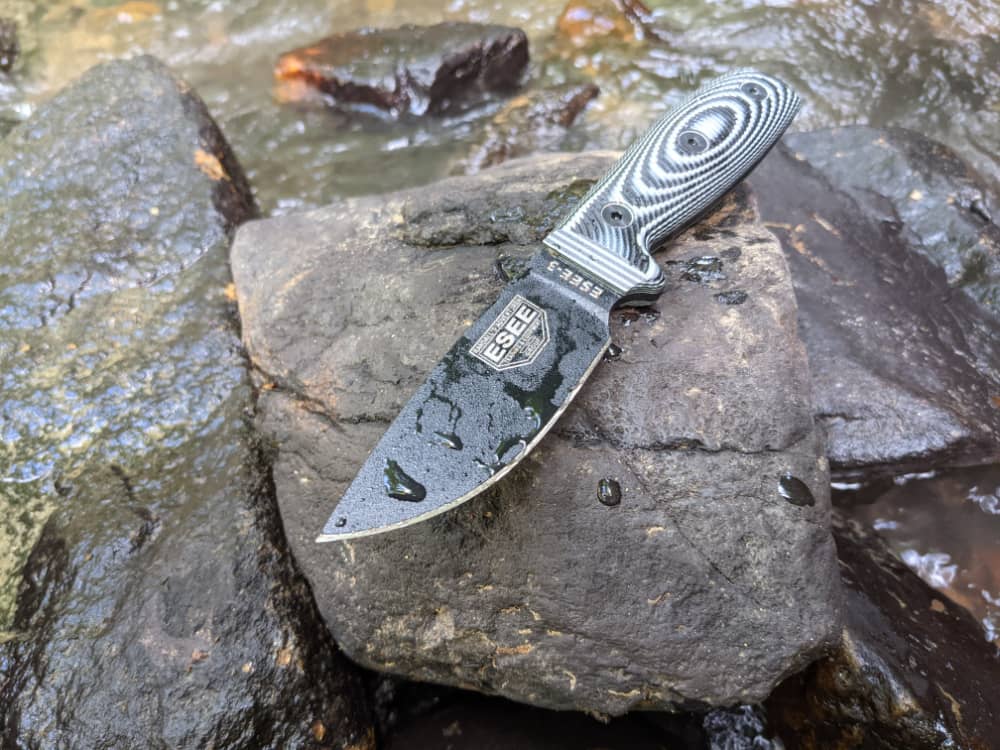
Types of Survival Kits
There are many types of survival kits. The type or types you need depend on your personal situation. You want to include some basic supplies as well as those that are related to the type of kit you are building. Consider all family members and add supplies that meet their needs. You also want to build kits that are more specific to the types of disasters that are common in your area.
Some of the more popular survival kits include:
Survival Fishing Kit – The size of your survival fishing kit and what it contains depends on the situation you anticipate encountering. Of course, if you expect to be on your own for a longer period of time you will want something more extensive with plenty of supplies. On the other hand, if you expect a smaller event such as trying to get home after an adverse event, something smaller, maybe even pocket size will probably suffice. Some survival fishing kits can actually fit in your home, car, or work survival kit.
Survival Food Kit – If you have to shelter in place, or if your area just experiences a food shortage, having a survival food kit on hand can be the difference between starvation and survival. Food kits have shelf stable food, typically with a lengthy shelf life (around 20 to 25 years). It also includes water, often canned because it is hardier than plastic bottles. While some people have enough food in their kit to last for months, disaster experts recommend having enough food and water for at least 72 hours.
Survival Kit for Babies and Children – Infants, babies, and young children have special needs. Survival kits for them require a little more attention and work, but it is worth it. You’ll want to have plenty of items like diapers, formula, baby food, and toddler snacks, but since some of those things don’t typically have a very long shelf life, you will want to rotate them. Use the ones in your kit and replace them with newer ones. As for diapers, when they are about to outgrow the size that you have in your kit, swap them out with the next larger size and use the smaller size. Of course, cloth diapers are always an option too.
Pet Survival Kit – You can’t forget your four-legged family members in an emergency, so you will want to have a survival kit for them also. You’ll want to pack light because pet food can get heavy, but an extra leash, collapsible food/water dish, water, treats, and vaccination info is a good start. Watch the dog food and treats because they can expire. When they start getting close to the expiration date, switch them out for newer replacements. And don’t forget to have your pet microchipped and keep the contact info up to date in case your pet gets separated from you.
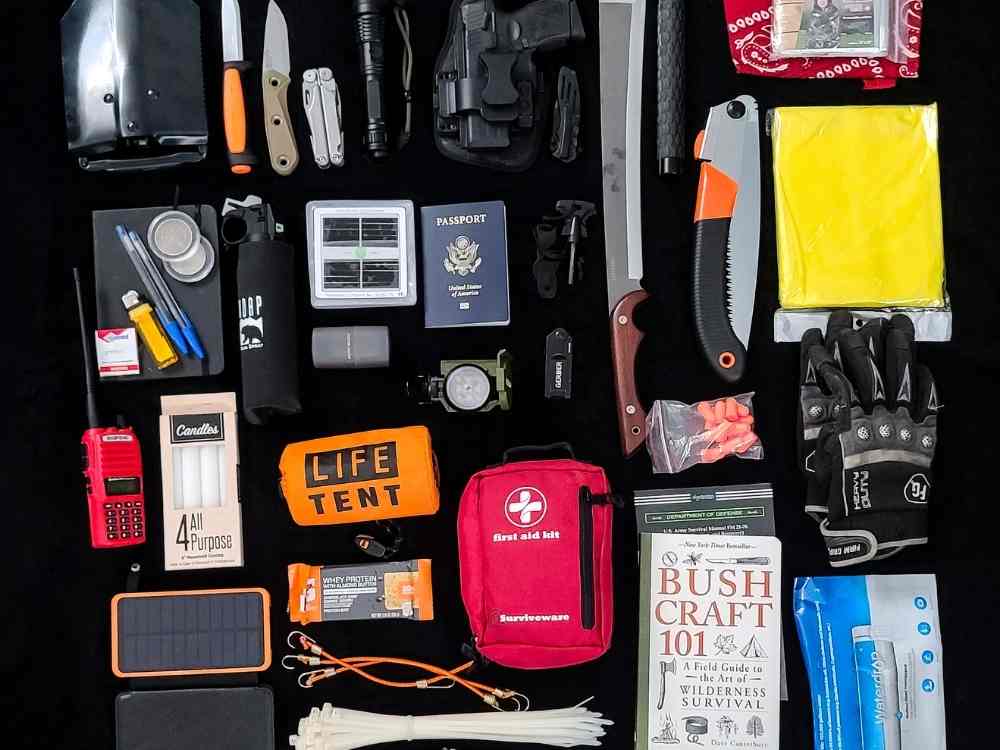
Emergency Survival Kit – In the event of a storm, flood, fire, or another emergency that may displace you for a few days, you need a survival kit that has the essentials to help you get by. Things like food, water, medical supplies, medical information, and other important things that you will need are vital to keeping you safe and ensuring that you have at least the basics in the event that you are in a situation where you can’t get the things you need.
Shelter in Place Survival Kit – Sometimes emergencies will require that you shelter in place. Ideally, that would be your home, but it can happen anywhere. At home, you will of course keep more items like food and water as well as essential survival gear. Outside of the home, say at work or school, your kit may be a little lighter with some water, a few snacks, a medical kit, and a few necessary items.
Vehicle Kit – Getting trapped in your car can be pretty rough. You often hear about people getting stuck in their vehicles when the weather flips and dumps a bunch of snow in a short time, or a storm brings flash flooding and the motorists are stranded due to flooding all around them. It pays to have a survival kit in your car with water, food, a blanket, and other essentials. That way if you are stranded for a few hours, or even a couple of days, you will have the essentials for survival.
Get Home Kit – If something happens and you find yourself unable to drive or get a ride home, you may have to strike out on foot. A get home kit is a small kit with the basic survival gear to keep you going so that you can get home. It may contain a compass, radio, food, water, and maybe even a fishing kit, but what you pack will depend on the geographical area where you are, the distance you will likely travel, and the terrain you will encounter.
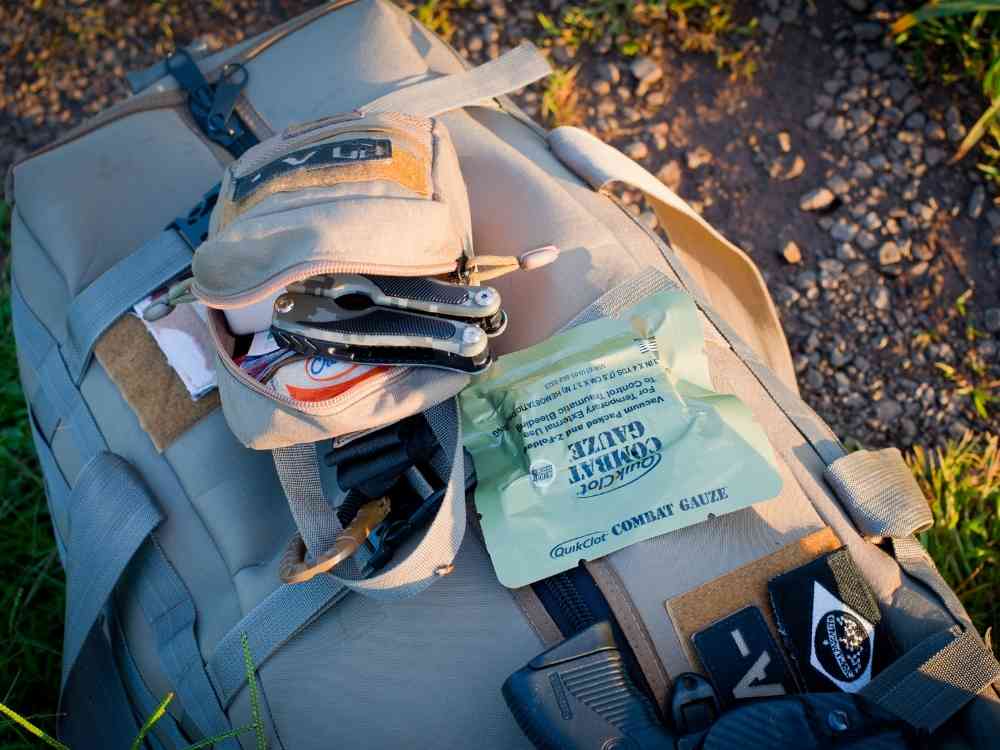
Why Should You Always Keep Your Survival Kit Ready to Go?
Emergency preparedness is just smart.
There are many aspects to it though. True, the core of disaster prep is ensuring that you have a well-built survival kit, but it also means keeping your contents up to date and replacing anything that is about to expire. It also means making sure that your items are in good condition, well made, and can stand up to survival situations. Also, take stock regularly because over time your needs can change.
You should always have your emergency survival kit ready to go and always in the same easy-to-access place because you never know when disaster is going to strike. It could be in the middle of the night and you have just enough time to grab your bag and get out of the house. Many disasters don’t have warnings. Being prepared at all times is a smart move for you and for your family.

Blair Witkowski is an avid watch nut, loves pocket knives and flashlights, and when he is not trying to be a good dad to his nine kids, you will find him running or posting pics on Instagram. Besides writing articles for Tech Writer EDC he is also the founder of Lowcountry Style & Living. In addition to writing, he is focused on improving his client’s websites for his other passion, Search Engine Optimization. His wife Jennifer and he live in coastal South Carolina.

